PARTIAL VISION FOR THE BLIND
The Food and Drug Administration on Thursday approved the first treatment to give limited vision to people who are blind, involving a technology called the artificial retina.
The device allows people with a certain type of blindness to detect crosswalks on the street, the presence of people or cars, and sometimes even large numbers or letters. The approval of the system marks a milestone in a new frontier in vision research, a field in which scientists are making strides with gene therapy, optogenetics, stem cells and other strategies.
“This is just the beginning,” said Grace Shen, a director of the retinal diseases program at the National Eye Institute, which helped finance the artificial retina research and is supporting many other blindness therapy projects. “We have a lot of exciting things sitting in the wings.”
The artificial retina is a sheet of electrodes implanted in the eye. The patient is also given glasses with an attached camera and a portable video processor. This system, called Argus II, allows visual signals to bypass the damaged portion of the retina and be transmitted to the brain.
Thank You!
Focusing on improving and enhancing the lives of people with vision loss. We thank you for every dollar donated.
